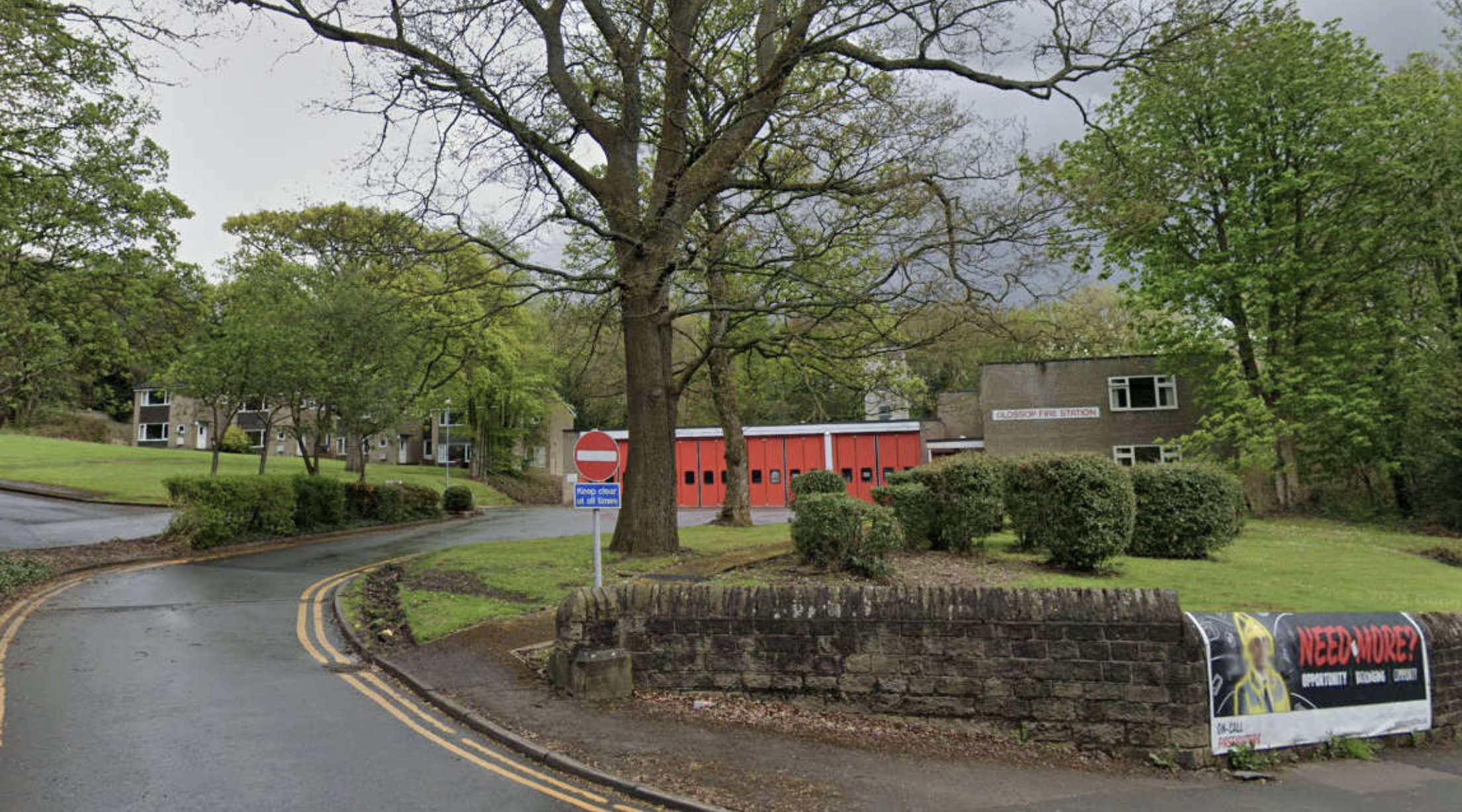
Three new fire stations will be built in Derbyshire over the next few years funded by a maximum council tax hike.
Derbyshire Fire and Rescue Service has detailed its budget plans for the next financial year, including a maximum increase of its share of council tax by 2.99 per cent.
This brings the service’s share of a Band D tax bill up by £2.57 per year to £88.41 and for Band B – the most common banding – up by £2 to £68.76.
Within the budget for the next year is the completion of the under-construction new Matlock fire station, now expected to be finished by July following a delay to the roof caused by heavy rain in the flood-hit town in November.
Meanwhile, the service aims to have its planned new fire station in Glossop approved this year and to start construction in the summer.
A third new station is planned for the financial year 2026 but the location of this proposed building has not been disclosed, with plans for a fresh New Mills fire station shelved in 2022.
On this third location, the fire service details: “This scheme replaces a previous refurbishment that has been removed from the capital program.
“Investment in the fire station stock is vital to ensure they remain fit for purpose and safe.
“An active approach will help prevent a growing backlog of uneconomic repairs and poor stock condition that is unfortunately experienced by some other public sector organisations.”
The fire service is in the process of a multi-year upgrade of CCTV, lighting and heating at all of its sites.
Its budget for the next year also includes the parts of a multi-year replacement of its vehicles, with part-costs of nine new fire engines, five electric vehicles, two vans, two 4x4s and two welfare vehicles, along with replacement officer cars.
The budget outlines that 70 per cent (£39 million) of its annual costs (£51.2 million) are spent on employees.
It intends to make savings of £543,000 over the next year, followed by £175,000 the year after and £88,000 in 2026.
The service currently forecasts a budget deficit of £351,000 by 2026 and £705,000 by 2027.
It details: “There is likely increased pressure in the future to deliver savings to meet expected future deficits and the authority cannot rely on the use of reserves to balance the budget in the long term despite its track record in recovering the contributions in-year through vacancy management.
“Over the past several years significant underspends have been generated from the level of vacancies the service has experienced. Some of these positions have been considered in the saving exercise but a number remain, that are vital to DFRS. “Historically it has been difficult to recruit to some of these posts, affecting capacity in the service.
The lion’s share of your overall council tax bill goes to either Derbyshire County Council or Derby City Council with the rest going to your local borough or district council (outside of the city), town and parish councils (in some areas outside of the city) and to the police and fire services.
A band B homeowner this year can expect to pay around £1,700, depending on whether they live in or outside of the city and in which district/borough, while a Band D homeowner can expect to pay £2,200 – with the same caveats.


 High Peak MP delivers on farming promise
High Peak MP delivers on farming promise
 From lived experience to local support: new mental wellbeing service launches
From lived experience to local support: new mental wellbeing service launches
 Glossop Cubs achieve highest honour
Glossop Cubs achieve highest honour
 Primary school children support Christmas charity outreach
Primary school children support Christmas charity outreach


